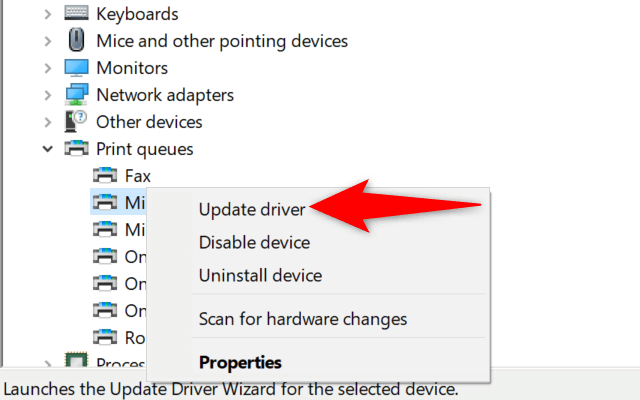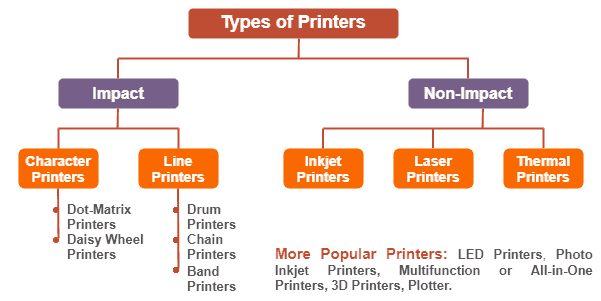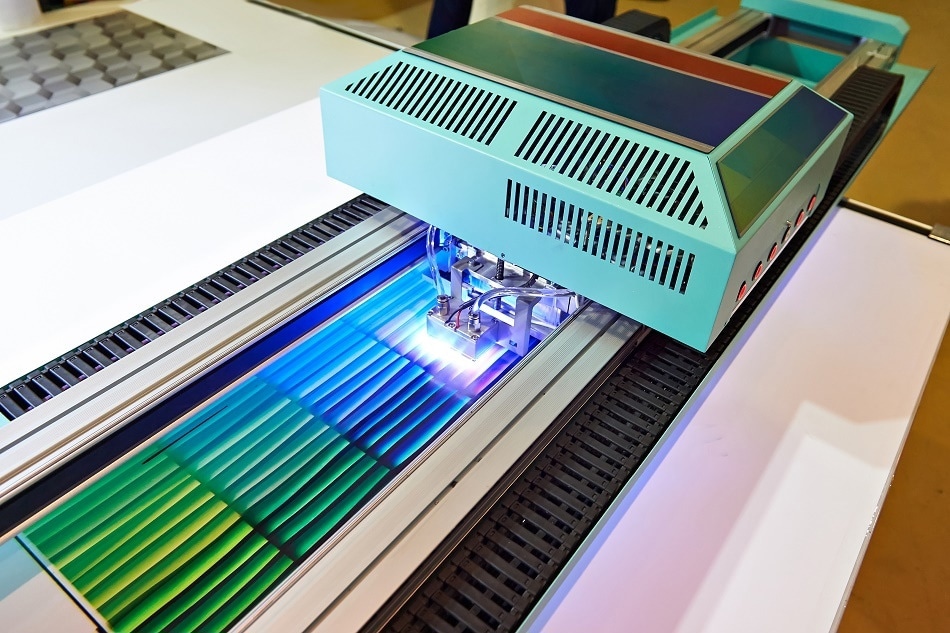Decoding Baby Sizes: Unraveling the Meaning of 4t in Baby Clothes
Introduction
Browsing baby clothing racks, especially if you're a new parent, can be a confusing experience given the labeling codes like NB, 3M, 4T etc. What do these clothing size codes mean? This article promises to be a helpful guide that unravels the meaning of 4T in baby clothes, explores the importance of understanding baby clothing sizes, explains the difference between 4T and other sizes, offers guidance on when to switch to 4T, and provides useful tips on selecting the correct baby clothing size.
What Does 4T Mean in Baby Clothes?
The world of baby clothing sizes can at first glance appear to be a complex maze with labels such as NB, 3M, 4T, and so on. A size that particularly grabs attention is the '4T', which regularly pops up. Let's break down what '4T' entails in baby clothing.
- 4T as a Representation: The term '4T' is an abbreviation of ‘4 Toddler'. A 4T size in baby clothing primarily targets toddlers, specifically falling in the age group of 3.5 to 4 years old.
- Weight and Height Indicators: Clothing labeled 4T targets toddlers that weigh approximately between 36 to 40 pounds and stand around 39 to 42 inches tall. Nevertheless, remember that these figures cater to average measurements and may not correspond to every child, highlighting the importance of individual fitting.
- Significance of 'T': The letter 'T', standing for Toddler, plays a dual role; helping distinguish between toddler versus kids' sizes. Size ‘4’ targets kids, while 4T is designed for toddlers, taking into consideration the different clothing provisions needed - especially room for diapers.
So, next time when shopping for your toddler, pay heed to these sizing labels. Understanding the size code not only guarantees a proper fit for your child but also aids in ensuring their comfort, mobility, and safety - crucial elements for the overall growth and development of your little one. Remember that every child's growth varies, and the transition from one size to another is not universally standard, but significantly subjective.
Why is Understanding Baby Clothing Sizes Important?
Evaluating and recognizing the distinct sizes in the realm of baby clothing can appear intricate, but it's undeniably critical. The below points illuminate the importance of being well-aware of baby clothing sizes:
• Child Comfort: Aligning the right clothing size with your child's current measurements is crucial for ensuring their comfort. They'll be more at ease playing, resting, and exploring in well-fitted attire.
• Safety Assurance: Aptly sized clothing safeguards infants from potential hazards. Oversized clothes could lead to tripping or choking, while undersized outfits might cause chafing and restricted movement.
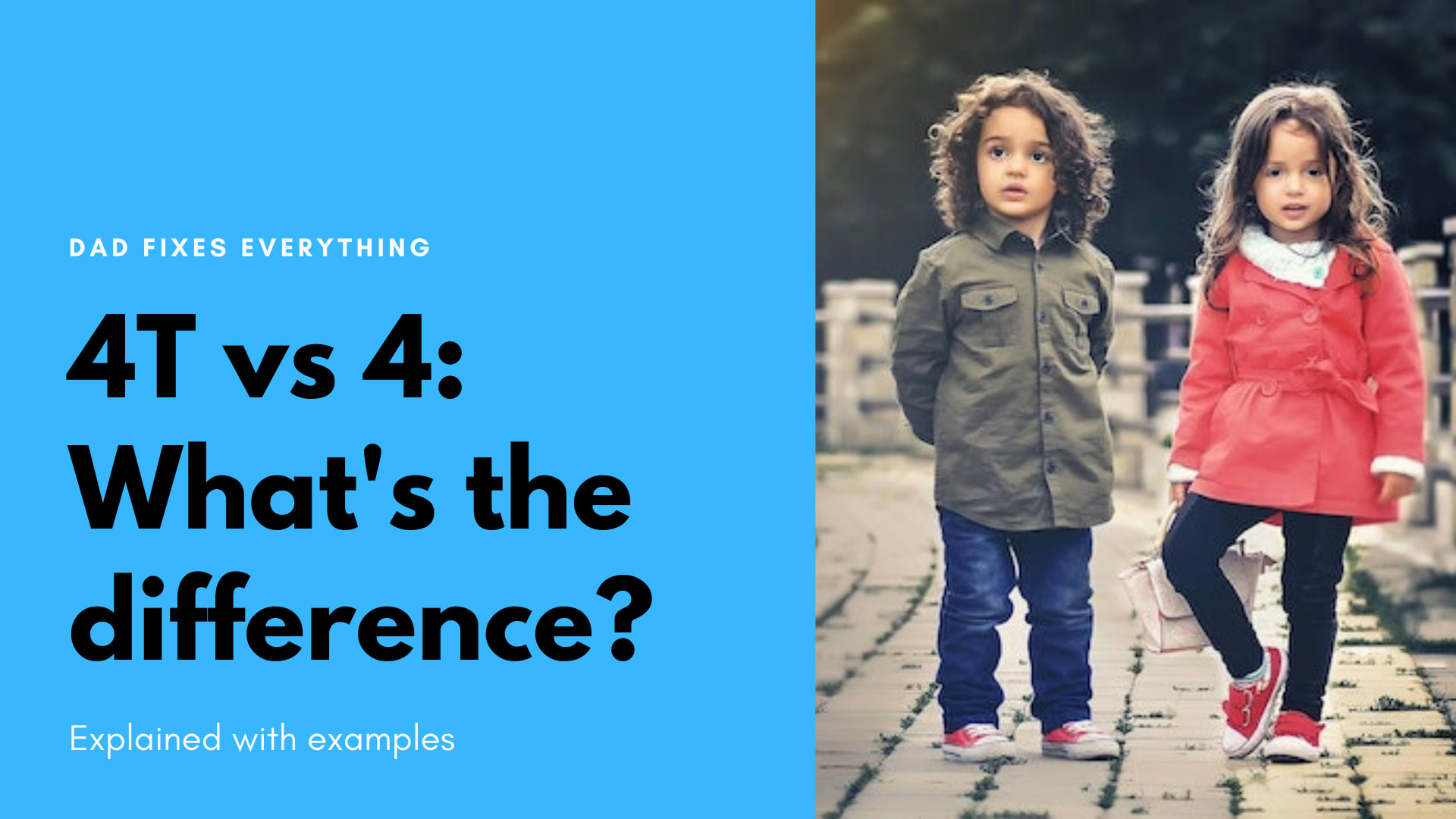
• Mobility Support: Proper fitting clothes support your child's mobility. Too tight or too loose clothes can hinder their movement, making it difficult for them to crawl, walk, or run.
• Economically Beneficial: Understanding sizes saves you from frequent shopping for replacements for clothes they've outgrown or never fit into in the first place, reducing wastage of time and money.
• Procuring Perfect Fit: Baby clothing sizes guide you in procuring items that fit your baby perfectly, resulting in a better appearance and ensuring the clothes serve their purpose effectively.
• Effective Planning: Being aware of baby clothing sizes helps parents to anticipate the upcoming sizes their child might need, aiding in better planning and preparedness.
In a nutshell, understanding baby clothing sizes helps ensure your child's comfort and safety while also aiding in effective budgeting and planning. Remember, each child has a unique growth pattern, making it all the more essential to keep an eye on their individual size requirements.
How Does 4T Sizing Differ From Other Sizes?
Understanding the differences between 4T and other toddler clothes sizes can ensure your child's comfort and proper fit. To help elucidate this, let's delve into the variations categorically:
• Age Group and Growth Parameters: 4T size is usually designed for children within the age group of 3.5 to 4 years. It caters to toddlers who are taller and weigh more than those suitable for 3T size. For instance, a 4T size is designed for a child weighing 36 to 40 pounds and measuring 39 to 42 inches tall.
• Comparison with 3T: While 3T clothing comfortably fits children between 2.5 to 3 years old, 4T clothing is essentially larger and caters to children with bigger physical features. The main difference is in the weight and height of the toddler it is meant for.
• Differentiation from '4' or '4 Kids' Size: The 'T' in 4T symbolizes 'toddler', setting it apart from '4' or '4 Kids' sizes. 4T dresses are designed specifically, keeping in mind the physique of a toddler, including the provision for a diaper. Conversely, a '4' or '4 Kids' outfit is often longer and slimmer, representing an older kid’s physique.
Keeping track of these details will help you select the right size for your little one, ensuring their utmost comfort and ease. Remember, the care labels and garment tags are your guiding stars that illuminate the path to the right fit.
When is the Ideal Time to Transition to 4T Size for Your Child?
Transitioning to the right clothing size for your child is crucial and should be done timely to guarantee their comfort. Typically, 4T size in clothing corresponds to children between the ages of 3.5 and 4 years old. However, the shift to 4T from 3T depends significantly on a child's individual growth rate, which can vary widely. Here are a few factors and signs to look out for that indicate it’s time to transition to 4T:
1. Clothing Fit: This is the easiest and most noticeable sign. If your child's current 3T clothes feel tight or fall short, it's time for a change.
2. Growth Spurts: Children grow at uneven rates. If your toddler seems to be having a growth spurt, consider moving up a size even if they're not exactly in the age range.
3. Age and Weight Guidelines: Manufacturers typically label their clothing products with age, weight, and height guides. For 4T, this typically reads as '3.5 - 4 years,' '36 - 40 pounds,' and '39 - 42 inches tall.'
4. Discomfort Related to Mobility: If your child is finding it hard to move or appears uncomfortable in their current garments, it may be because the clothes are too small.
5. Climate and Season: Depending on the climate or season, you might need to transition sooner to ensure your child is appropriately dressed for the weather.
In conclusion, the transition time varies from child to child, and it's best to stay flexible. Remember, it's always better to opt for a size bigger as children grow out of sizes faster.
What Are Some Essential Tips for Selecting Correct Baby Clothing Size?
Choosing the right baby clothing size is crucial. It not only ensures comfort for your baby but also saves you from the hassle of returning ill-fitting clothes. Here are some essential pointers to help you get it right:
1. Scrutinize Size Guides: Baby clothing sizes often vary between brands. Therefore, it’s recommended to look at the brand’s size guide before making any purchase. This will provide you with accurate details about the fit and measurements of the brand's clothing.
2. Observe Your Baby's Growth: Keep a close eye on your child's growth rate. If you notice that your child is quickly outgrowing their current clothing or if their clothes are becoming increasingly tight, it may be time to switch to a larger size.
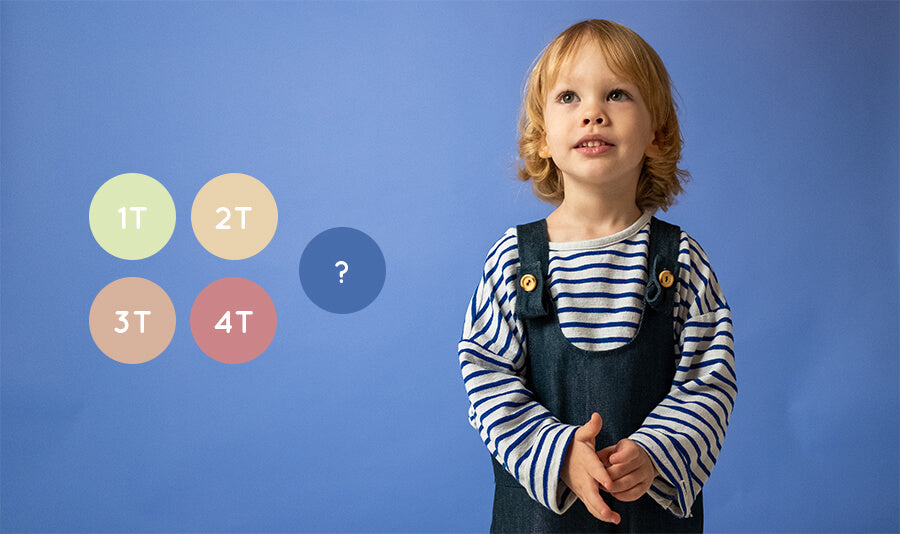
3. Consider the Clothing Material: Certain materials tend to shrink after washing, impacting the fit of the clothes. Make sure you take this into account while selecting the size. Opting for pre-shrunk fabric can also be a good choice.
4. Prioritize Comfort Over Style: While it's tempting to get fashionable clothes for your baby, it's comfort that truly matter. Look for clothes that are easy to put on and take off, reducing the potential of causing discomfort to your baby during dress changes.
5. Opt for Slightly Larger Sizes When in Doubt: Babies outgrow their clothes at an astonishing rate. Hence, if you're unsure about which size to go for, it's usually best to opt for the next size up. This will ensure the longer usability of outfits as the baby grows.
By taking these key factors into consideration, you'll be better equipped to choose the right size of clothing for your baby, aiding in both their comfort and your convenience.
Conclusion
Deciphering baby clothing sizes can be a challenging task for parents, but understanding labels like 4T can immensely simplify the process. By understanding the nuance of sizing, you not only ensure comfort and safety for your child but also make efficient choices, preventing wastage of money and time. Remember, when it comes to children's growth, there's no 'one-size-fits-all', and it's perfectly okay to have variations.
Related FAQs about what does 4t mean in baby clothes
What’s the age range for 4T clothing size?
The age range for 4T clothing size is approximately between 3.5 to 4 years old. However, the exact transition varies and depends on your child’s individual growth as children don’t typically grow at uniform rates.
Can size interpretations vary among different brands?
Yes, the size interpretations can indeed vary among different brands. This is why it is recommended to always check the size guide provided by the brand before purchasing any clothing item.
How frequently should I assess my child’s clothing size?
Assessing your child's clothing size should ideally be a continuous process. As toddlers grow at uneven rates, observe if their existing clothes feel too tight or short. However, as a general guide, consider re-evaluating every 3 to 6 months or with any noticeable growth spurts.



